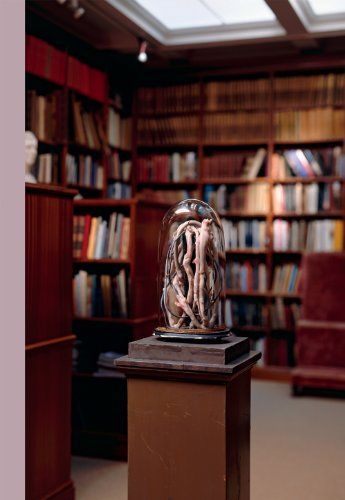
We are All Flesh
Berlinde De Bruyckere's work prompts the viewer to respond. That is why it has a particular appeal for writers of literature: they are fascinated by the compositions of distorted parts of humans and horses that refer to horror and comfort, to a cruel death and the sublime. De Bruyckere empties the bodies. Through holes, the public notices the darkness of a world inside that both appeals and repels. There is space around her work that resonates and in which writers can indulge in creativity -not by writing about objects, but by juxtaposing the work with creative texts. The author does not remove meanings of the work by trying to explain it, but rather adds to its meaning by responding to art with art. Nobel Prize winner J.M. Coetzee rises to this challenge: together with De Bruyckere he has chosen fragments from his impassioned and unsettling novels that are full of great beauty. Thus, the two present a composition of texts and images that from inside illuminates the dark world of their work.